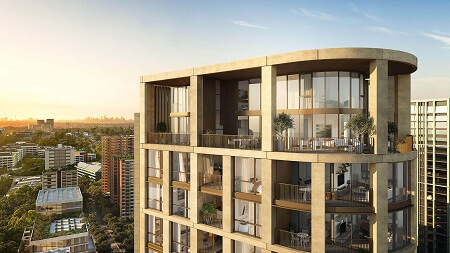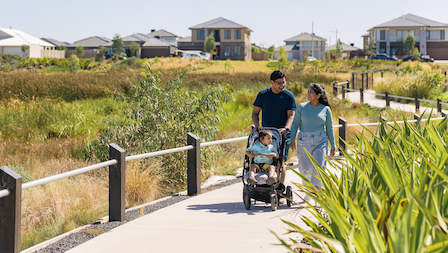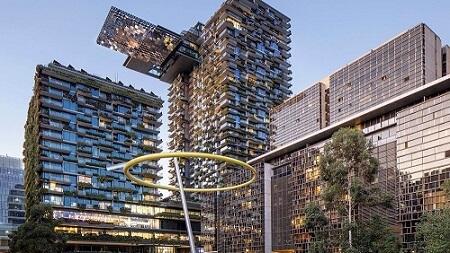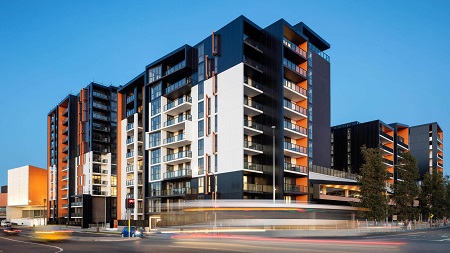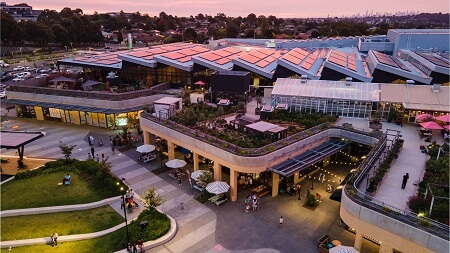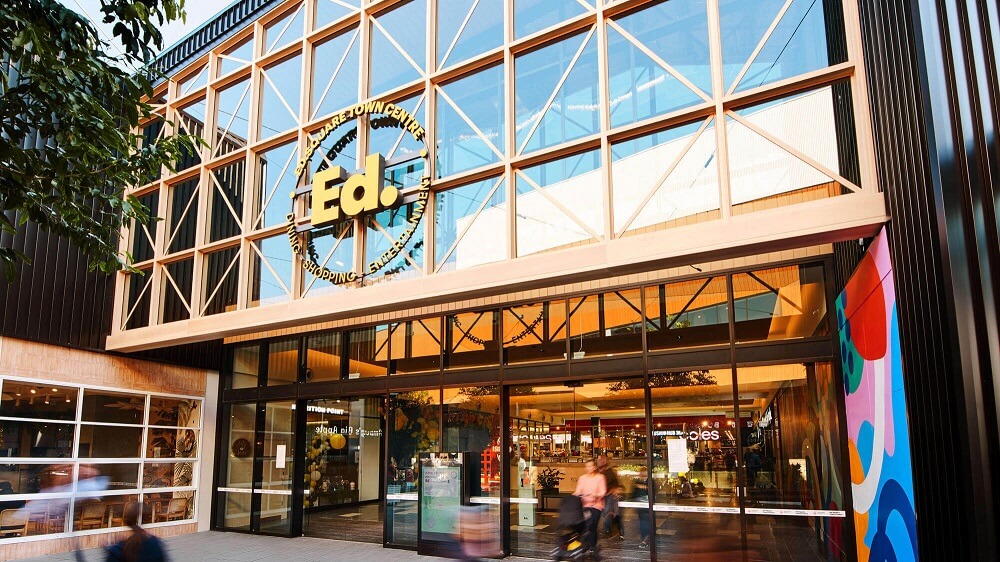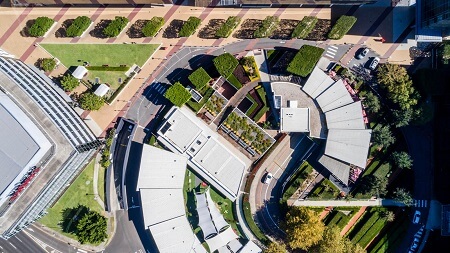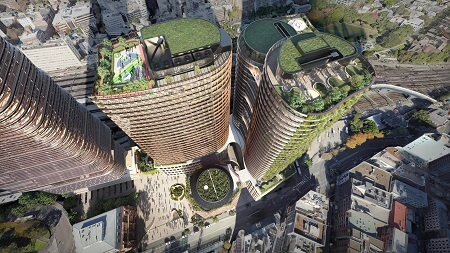Rental yield vs Capital growth
Choosing the right path for your investment
Investing in property is like embarking on a journey. You need to know where you want to go and how you'll get there. That's where property investment strategy comes in. Two key factors to consider are rental yield and capital growth. Understanding the difference between these two can help you choose the right path for your investment goals.

Rental yield
Rental yield is the income you receive from rent, compared to the cost of the property.
A high rental yield means you're getting a good return on your investment in the form of regular rental income. It’s generally the preferred strategy for investors who prioritise cash flow and want to generate income from their property.
What is a good rental yield?
How much rental yield you get really depends on the location, the type of property, and how competitive the market is. However, as a general rule of thumb, a rental yield of 4% or higher is considered a solid property investment return in the Australian property market.
How to calculate rental yield
example
Calculating gross rental yield
In simple terms, the formula is: (Annual rental income / Property value) x 100 = Gross rental yield.
For example, if your property is valued at $600,000 and you receive $30,000 in annual rental income, your gross rental yield would be 5%.
Capital growth
Capital growth is about the increase in the value of your property over time.
This strategy is ideal for investors with a longer-term approach to property investment who are comfortable riding out market fluctuations, as significant capital growth typically takes several years to build. After a certain period when the home has increased in value significantly, the property investor will either sell the property or use the equity they have built within the asset to refinance and reinvest in further opportunities.
Several factors influence capital growth.
Focusing on capital growth means buying a property in an area that's likely to increase in value over time. Think about areas in desirable locations with good infrastructure, potential for future development, and a history of strong growth.
Time is your greatest asset.
Capital growth is a long-term game . It's about holding onto your property for an extended period and allowing it to appreciate in value. Property cycles play a role, with periods of growth followed by periods of slower growth or even decline. However, over the long term, property values have historically trended upwards.
Finding the right mix for you
Ultimately, the best property investment strategy depends on your individual goals and circumstances. Some investors may prefer rental yield for immediate income, while others may focus on capital growth for long-term wealth creation. Many investors seek a balance between the two, enjoying both rental income and the potential for future capital appreciation.
I also want to know
All opinions, estimates, forecasts, links to external websites, conclusions and recommendations and underlying assumptions contained within this webpage are made and expressed by Frasers Property Australia in good faith, in the reasonable belief they are correct and not misleading as at the date of publication. This publication and its content do not represent financial or other professional advice and should not be regarded as such. Before acting on any information provided, you should fully consider the appropriateness of the information, having regard to your objectives, financial or taxation situation and needs and, if necessary, seek appropriate professional advice.

